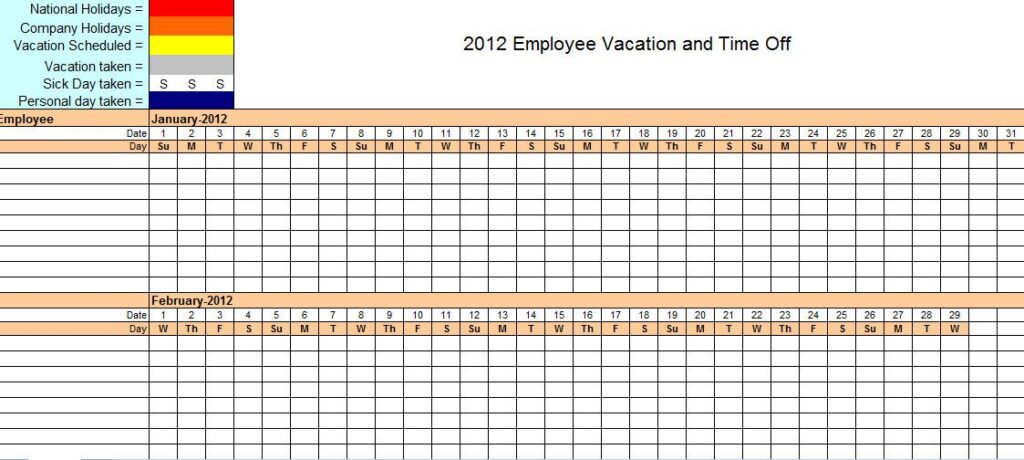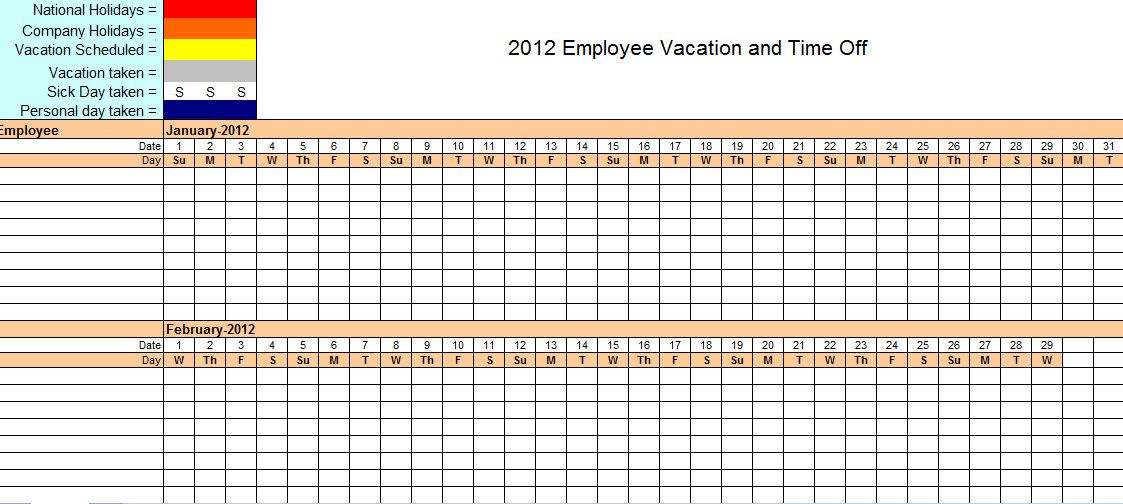
Optimizing Efficiency: How HR Functions Manage Employee Schedules, Vacations, and Leaves
Effective management of employee schedules, vacations, and leaves is a cornerstone of a well-functioning organization. The Human Resources (HR) department plays a pivotal role in streamlining these processes, ensuring both compliance and employee satisfaction. Efficient HRM function managing employee schedules vacations leaves not only boosts productivity but also fosters a positive work environment. This article delves into the intricacies of how HR professionals navigate the complexities of scheduling, vacation planning, and leave management, highlighting best practices and technological advancements that contribute to a seamless experience for both employers and employees.
The Critical Role of HR in Workforce Management
Workforce management encompasses a range of activities, from forecasting staffing needs to tracking employee attendance. HR departments are at the forefront of these activities, responsible for developing and implementing policies that govern employee schedules, vacations, and leaves. A well-defined system ensures that business operations continue smoothly, even when employees are absent. The HRM function managing employee schedules vacations leaves effectively requires a blend of strategic planning, clear communication, and robust technology.
Moreover, HR is responsible for ensuring compliance with labor laws and company policies. This includes accurately tracking time off, managing accrual rates, and adhering to federal and state regulations regarding sick leave, family leave, and other types of absences. Proper documentation and record-keeping are essential to avoid legal issues and maintain transparency.
Strategies for Effective Employee Scheduling
Creating efficient employee schedules is a balancing act. HR must consider factors such as workload demands, employee availability, and budget constraints. Here are some strategies for optimizing employee scheduling:
- Demand Forecasting: Analyze historical data to predict staffing needs during peak and off-peak periods. This allows HR to allocate resources effectively and avoid understaffing or overstaffing.
- Employee Input: Solicit employee preferences and availability when creating schedules. This not only increases employee satisfaction but also reduces the likelihood of scheduling conflicts.
- Technology Solutions: Utilize scheduling software that automates the scheduling process, tracks employee hours, and alerts HR to potential issues. These tools can significantly reduce administrative burden and improve accuracy.
- Cross-Training: Train employees in multiple roles to provide flexibility in scheduling and coverage during absences.
The goal is to create schedules that meet business needs while also accommodating employee work-life balance. When the HRM function managing employee schedules vacations leaves considers employee needs, it leads to increased morale and reduced turnover.
Vacation Planning: Balancing Business Needs and Employee Desires
Vacation time is a crucial component of employee well-being and productivity. HR departments play a key role in managing vacation requests, ensuring that employees can take time off without disrupting business operations. A well-defined vacation policy should outline the process for requesting time off, accrual rates, and any restrictions on when vacations can be taken.
Key considerations for effective vacation planning include:
- Clear Policy: Develop a comprehensive vacation policy that is easily accessible to all employees. The policy should address issues such as blackout periods, carryover rules, and the process for resolving conflicting requests.
- Request System: Implement a system for submitting and approving vacation requests. This can be a manual process or an automated system, depending on the size and complexity of the organization.
- Coverage Planning: Ensure that adequate coverage is in place during employee vacations. This may involve cross-training employees, hiring temporary staff, or adjusting schedules to redistribute workload.
- Communication: Communicate vacation schedules to all relevant parties to avoid confusion and ensure smooth operations.
The HRM function managing employee schedules vacations leaves must strike a balance between meeting business demands and respecting employee rights to take time off. Transparency and fairness are essential to maintaining employee trust and morale.
Navigating the Complexities of Leave Management
Leave management encompasses a wide range of absences, including sick leave, family leave, maternity leave, and military leave. HR departments are responsible for administering these leaves in accordance with federal, state, and local laws. This requires a thorough understanding of the legal requirements and a commitment to compliance.
Key aspects of effective leave management include:
- Policy Development: Create clear and comprehensive leave policies that outline employee rights and responsibilities. These policies should be reviewed regularly to ensure compliance with changing laws and regulations.
- Documentation: Maintain accurate records of all leave requests, approvals, and denials. This documentation is essential for compliance and can help resolve disputes.
- Communication: Communicate leave policies to employees in a clear and concise manner. Provide training to managers on how to handle leave requests and ensure that they are aware of their responsibilities.
- Technology: Utilize leave management software to automate the leave process, track employee absences, and generate reports. This can significantly reduce administrative burden and improve accuracy.
The HRM function managing employee schedules vacations leaves also needs to be sensitive to employee needs during times of personal or family crisis. Providing support and resources can help employees navigate these challenges and return to work successfully. [See also: Employee Wellness Programs: Boosting Productivity and Morale]
Leveraging Technology for Efficient HRM
Technology plays a crucial role in streamlining the management of employee schedules, vacations, and leaves. HR software solutions offer a range of features that can automate tasks, improve accuracy, and enhance employee self-service. These solutions can help HR departments manage the HRM function managing employee schedules vacations leaves much more efficiently.
Some of the key benefits of using technology for HRM include:
- Automation: Automate tasks such as scheduling, time tracking, and leave request processing.
- Accuracy: Reduce errors and improve data accuracy through automated calculations and validation rules.
- Self-Service: Empower employees to manage their own schedules, vacations, and leaves through self-service portals.
- Reporting: Generate reports on employee attendance, leave usage, and other key metrics.
- Compliance: Ensure compliance with labor laws and company policies through automated tracking and alerts.
By leveraging technology, HR departments can free up time to focus on more strategic initiatives, such as employee engagement and talent development. [See also: The Future of HR: Trends and Innovations Shaping the Workplace]
Best Practices for Managing Employee Absences
Managing employee absences effectively requires a proactive and strategic approach. Here are some best practices for minimizing the impact of absences on business operations:
- Develop a Clear Absence Policy: Outline the procedures for reporting absences, the types of leave available, and the consequences of excessive absenteeism.
- Track Absence Trends: Monitor absence patterns to identify potential issues, such as high rates of sick leave or frequent unscheduled absences.
- Implement Return-to-Work Programs: Provide support and resources to employees returning from extended absences to help them reintegrate into the workplace.
- Promote Employee Wellness: Encourage healthy behaviors and provide access to wellness programs to reduce the incidence of illness-related absences.
- Address Underlying Issues: Investigate the root causes of excessive absenteeism and address any underlying issues, such as workplace stress or lack of engagement.
Effective management of employee schedules, vacations, and leaves is essential for maintaining a productive and engaged workforce. The HRM function managing employee schedules vacations leaves must be proactive, transparent, and compliant to ensure that both business needs and employee rights are respected.
The Impact of Effective HRM on Employee Morale and Productivity
When HR effectively manages employee schedules, vacations, and leaves, it directly impacts employee morale and productivity. A well-organized system demonstrates that the company values its employees’ time and well-being. This leads to increased job satisfaction, reduced stress, and a more positive work environment.
Employees who feel supported and respected are more likely to be engaged and productive. They are also more likely to remain with the company, reducing turnover costs. Conversely, a poorly managed system can lead to frustration, resentment, and decreased productivity. [See also: Building a Strong Company Culture: Strategies for Success]
Future Trends in HRM and Workforce Management
The field of HRM is constantly evolving, and new trends are emerging that will shape the way organizations manage their workforce. Some of the key trends to watch include:
- AI and Automation: Artificial intelligence (AI) and automation are being used to streamline HR processes, such as recruitment, onboarding, and performance management.
- Remote Work: The rise of remote work is creating new challenges for HR, such as managing remote teams, ensuring employee engagement, and maintaining compliance with labor laws.
- Employee Experience: Organizations are increasingly focused on creating a positive employee experience to attract and retain talent.
- Data Analytics: HR departments are using data analytics to gain insights into workforce trends and make data-driven decisions.
- Focus on Wellbeing: There is an increasing focus on employee wellbeing, with organizations offering programs and resources to support employees’ physical, mental, and financial health.
The HRM function managing employee schedules vacations leaves will need to adapt to these changing trends to remain effective and competitive. By embracing technology, focusing on employee experience, and leveraging data analytics, HR departments can create a workplace that attracts, engages, and retains top talent.
Conclusion
In conclusion, the HRM function managing employee schedules vacations leaves is a critical component of organizational success. By implementing effective strategies, leveraging technology, and prioritizing employee well-being, HR departments can create a workplace that is both productive and supportive. A well-managed system not only ensures compliance and operational efficiency but also contributes to a positive work environment, increased employee morale, and reduced turnover. As the world of work continues to evolve, HR professionals must remain adaptable and innovative to meet the challenges and opportunities that lie ahead. Proper management of employee schedules, vacations, and leaves is not just about compliance; it’s about building a thriving and engaged workforce that drives organizational success.

